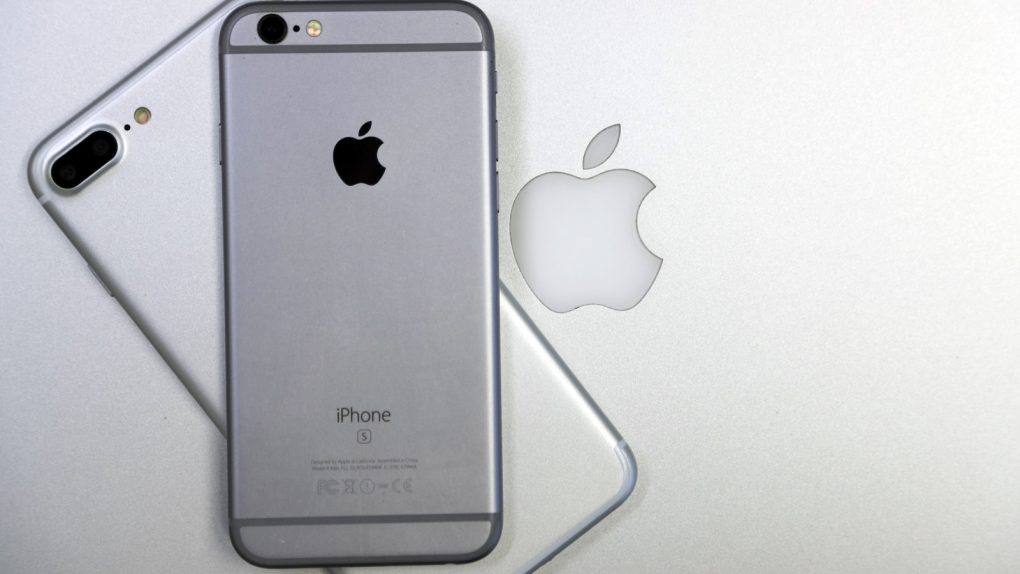As massive of a hit as the iPhone 7 was at launch, new data from CIRP shows that sales of Apple’s latest flagship phone hasn’t been able to match the performance of the iPhone 6s in same quarter last year. In other words, where the 6s was picking up steam at the same point in 2016, the 7 is losing it.
“iPhone buyers chose 7 and 7 Plus models in slightly lower proportions than the 6S and 6S Plus in the same quarter a year ago,” said CIRP co-founder Josh Lowitz. “Despite upgraded features like each new flagship iPhone release, the legacy models accounted for almost a third of iPhones sold in the quarter, the highest percentage since Apple started releasing two new phones each fall in 2014.”
While CIRP doesn’t make any guesses as to why this is the case, it seems clear that the lack of major design changes is finally taking a toll on iPhone sales. But it’s not all bad news for the company:
“Sales of iPhone 7 and 7 Plus were about equal, which is good news for Apple,” said CIRP co-founder Mike Levin. “The large-format Plus models accounted for 41% of total sales, a steady increase since the launch of the original Plus model in 2015. Consumers have signaled a willingness to not only purchase a more expense, larger model, which also helps Apple’s iPhone average selling price (ASP).”
In addition to these insights, CIRP also found that fewer Android phone owners are switching to the iPhone 7 than have switched during previous upgrade cycles. iPhone owners are still incredibly loyal to the brand, but the latest iPhone hasn’t attracted as many Android deserters.
Based on the conclusions of this report, it’s easy to see why the iPhone 8 is such an important next step for Apple to take. Consumers are expecting Apple to bring something new to the table (as Samsung did earlier this month), so the pressure is on for Apple to deliver its most exciting iPhone yet.






